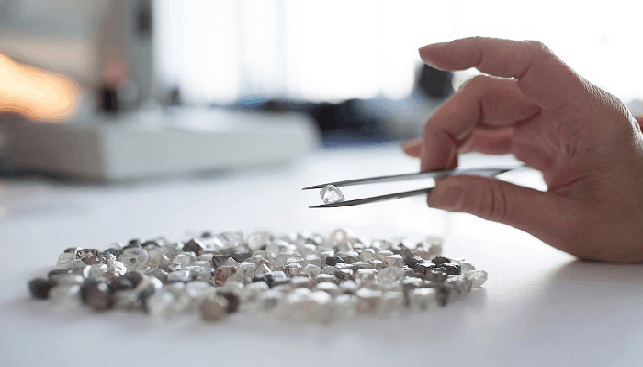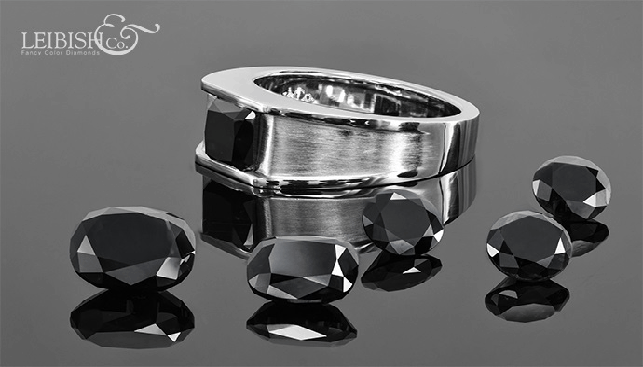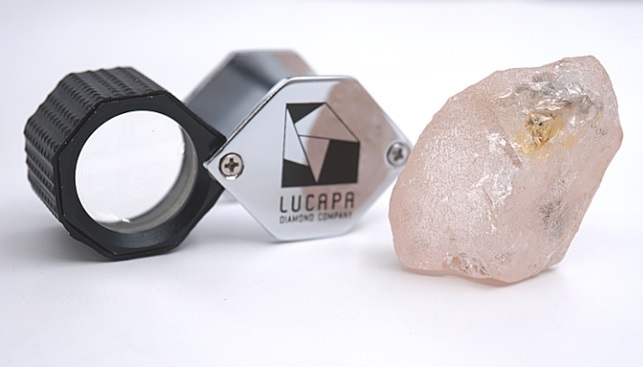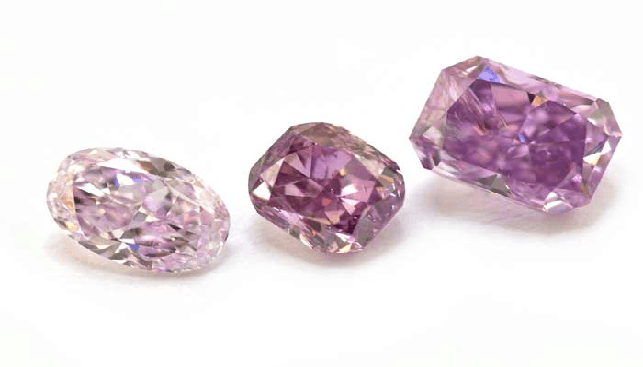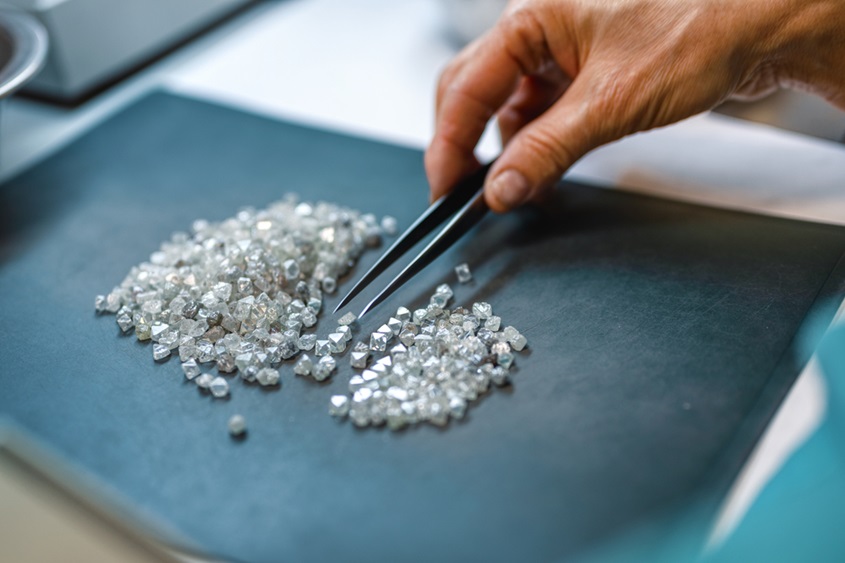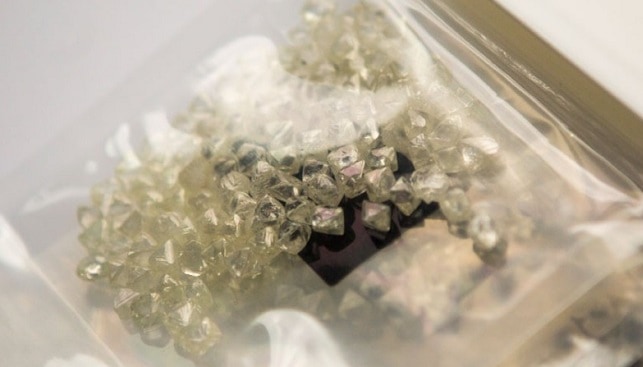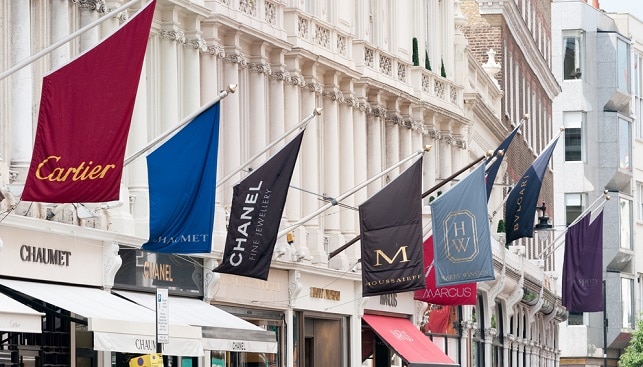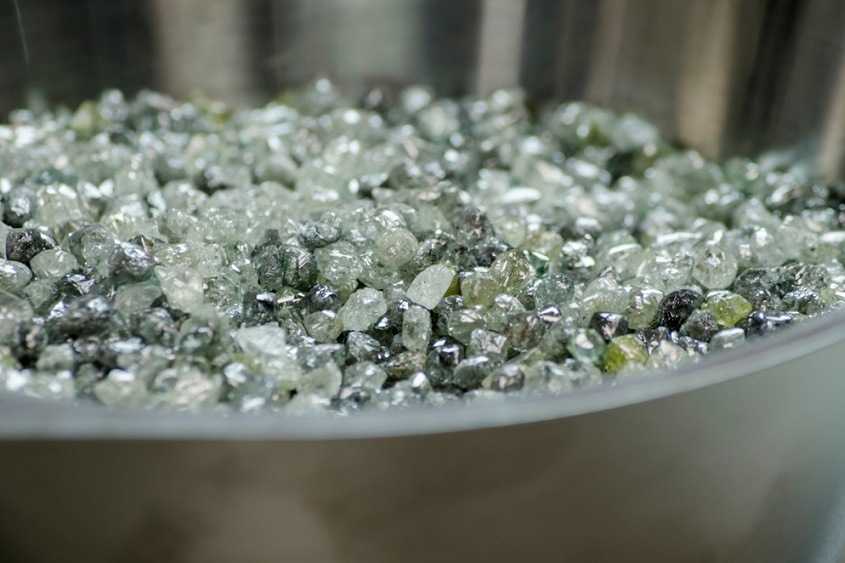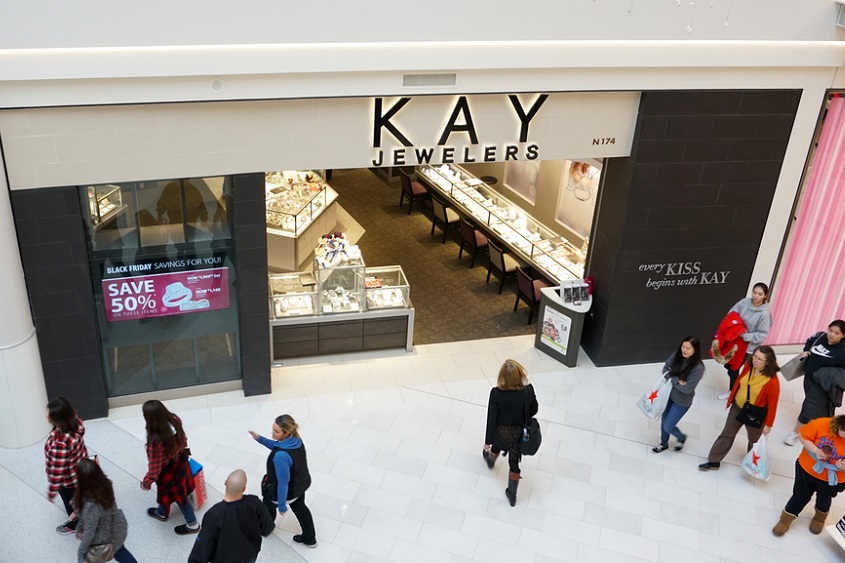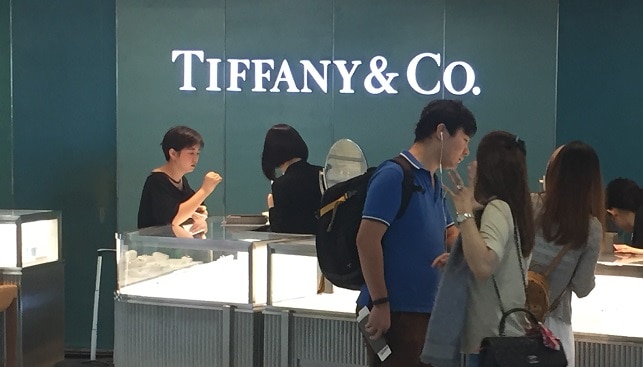In a recent article by diamond analyst Paul Zimnisky, quoted by Mining Weekly, Zimnisky outlines three key forces shaping the “new diamond industry” over recent years: a new operating discipline by the major miners, a changing generation of consumers, and the gradual rise of lab-grown diamonds.
The Manufacturers’ Angle
According to Zimnisky, the “effect of over-speculation has changed the industry over the last six years […] in an attempt to make the most of the growing demand, cutters started buying excess rough inventory, hoping to stay ahead of the inevitably rising cost curve and expand their traditionally tenuous operating margins”. The banks, which made credit availability robust, also promoted this behavior. As a result, diamond producers consistently raised prices.
“From the low in 2009, following the global financial crisis, to the spring of 2011, rough diamond prices rose almost 75% to an all-time high on an average price-per-carat basis”, the analyst’s data shows.
The Consumers’ Angle
‘While young Chinese and Indian consumers are buying diamond engagement rings for the first time, the young demographic in the West has different spending habits, priorities and tastes than previous generations”, Zimnisky says.
First, the 18- to 35-year-old group of consumers marries at a later age, “and they typically value uniqueness, quality, and an environmentally and ethically conscious story to accompany their jewelry”. For instance, while they still buy diamond jewelry, they go for smaller stones than their parents did.
“The diamond industry is adjusting accordingly”, Zimnisky writes. “The idea of attaching a story that includes a diamond’s journey from mine-to-consumer is being embraced by jewelry manufacturers and retailers”.
The Technology Angle
Zimnisky estimates that lab-created diamonds currently account for 1% to 5% of the diamond jewelry market supply. “However, synthetic diamonds only sell for about a 15% to 20% discount, on average, to natural equivalents, whereas synthetic versions of other gems such as ruby, emerald and sapphire sell at as much as a 95% discount to natural equivalents”, he says.
The analyst argues that “lab-created diamonds will change the diamond industry as there is a customer base that will embrace the price, the technology, and/or the perceived environmentally-conscious nature”.

